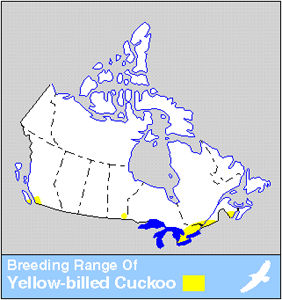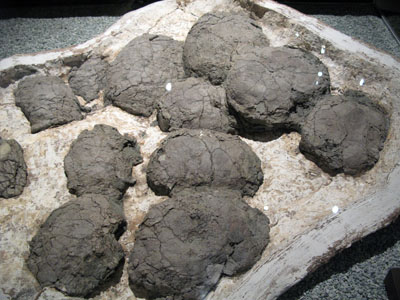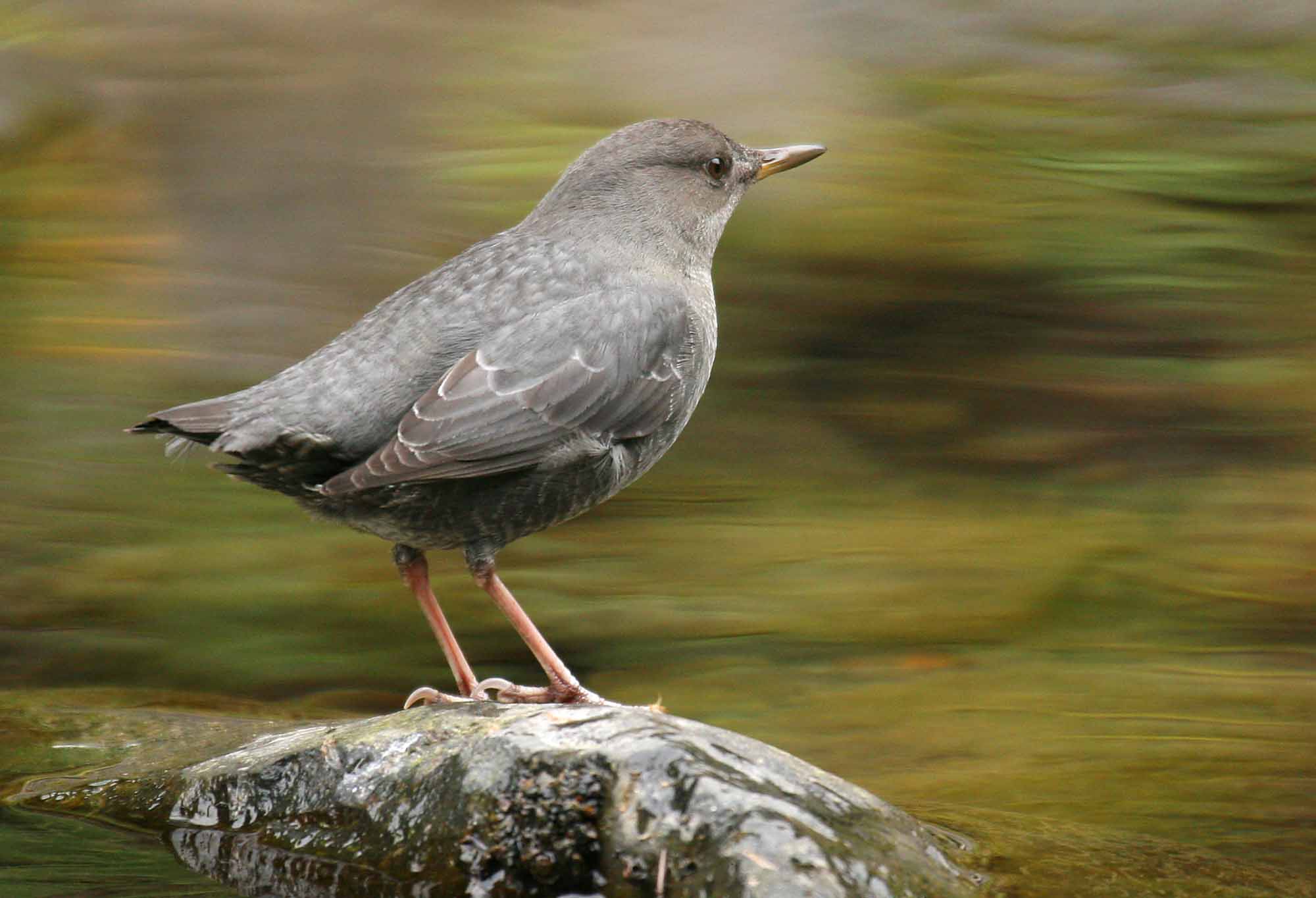Browse "Animals"
-
Article
Crustacean
Crustacean, shelled invertebrate with segmented body and limbs at some stage of its life, an exoskeleton and 2 pairs of antennae. The exoskeleton, a protective and supportive framework located outside the body, is periodically molted to allow for growth.
"https://d2ttikhf7xbzbs.cloudfront.net/media/media/cd7b212f-c69d-49e1-a587-e8910ed185c8.jpg" // resources/views/front/categories/view.blade.php
https://d2ttikhf7xbzbs.cloudfront.net/media/media/cd7b212f-c69d-49e1-a587-e8910ed185c8.jpg
-
Article
Fisheries in Canada: Lobsters, Crab and Shrimp
In Canada, all crustacean species with significant economic value are in the order Decapoda. Decapods, which have five pairs of walking legs, include lobsters, crab and shrimp. These species constitute most of the dollar value of Canadian fisheries. In some areas, particularly in the Atlantic provinces, the local economy is almost completely dependent on them.
"https://d2ttikhf7xbzbs.cloudfront.net/media/media/cd7b212f-c69d-49e1-a587-e8910ed185c8.jpg" // resources/views/front/categories/view.blade.php
https://d2ttikhf7xbzbs.cloudfront.net/media/media/cd7b212f-c69d-49e1-a587-e8910ed185c8.jpg
-
Article
Cuckoo
The cuckoo (Cuculidae) is a family of birds with about 130 species, including common cuckoos, anis, couas, coucals and roadrunners, distributed almost worldwide.
"https://d2ttikhf7xbzbs.cloudfront.net/media/media/57fe268b-f18c-48ca-9db0-f1056a60649d.jpg" // resources/views/front/categories/view.blade.php
https://d2ttikhf7xbzbs.cloudfront.net/media/media/57fe268b-f18c-48ca-9db0-f1056a60649d.jpg
-
Article
Cuttlefish
Cuttlefish, decapod ("ten-footed") mollusc of class Cephalopoda. Cuttlefish comprise over 100 species in genera Sepia and Spirula.
"https://d2ttikhf7xbzbs.cloudfront.net/media/media/abd792d0-0ce9-4b63-a09f-fd291257017a.jpg" // resources/views/front/categories/view.blade.php
https://d2ttikhf7xbzbs.cloudfront.net/media/media/abd792d0-0ce9-4b63-a09f-fd291257017a.jpg
-
Article
Damselfly
Damselfly, thin-bodied, carnivorous insect with 2 pairs of long, membranous, narrow-based wings.
"https://development.thecanadianencyclopedia.ca/images/tce_placeholder.jpg?v=e9dca980c9bdb3aa11e832e7ea94f5d9" // resources/views/front/categories/view.blade.php
https://development.thecanadianencyclopedia.ca/images/tce_placeholder.jpg?v=e9dca980c9bdb3aa11e832e7ea94f5d9
-
Article
Deer
Deer (Cervidae) is a family of antlered, hoofed ruminants of the order Artiodactyla containing about 40 species worldwide.
"https://d2ttikhf7xbzbs.cloudfront.net/media/media/1da3cb55-6cdb-47c4-8808-c0f6afb0b5ad.jpg" // resources/views/front/categories/view.blade.php
https://d2ttikhf7xbzbs.cloudfront.net/media/media/1da3cb55-6cdb-47c4-8808-c0f6afb0b5ad.jpg
-
Article
Deer Mouse
Deer Mouse (Peromyscus maniculatus), typical mouse with moderately long tail, large ears, prominent eyes and pointed nose well supplied with tactile hairs.
"https://d2ttikhf7xbzbs.cloudfront.net/0dde0bcc-c3bc-4022-b10b-d5be1e1d83ab.jpg" // resources/views/front/categories/view.blade.php
https://d2ttikhf7xbzbs.cloudfront.net/0dde0bcc-c3bc-4022-b10b-d5be1e1d83ab.jpg
-
Article
Dinosaurs and Canada
Dinosaurs were a group of animals that dominated the land environments of every continent. They lived from the late Triassic period to the end of the Cretaceous period (225 to 65 million years ago). However, birds are the direct descendants of dinosaurs, meaning dinosaurs are still common today. Paleontologists have found at least 88 different species of dinosaurs in Canada (see also Dinosaurs Found in Canada). The primary site of these fossils is Dinosaur Provincial Park, Alberta. Well-known dinosaurs first named from Canadian specimens include Albertosaurus, Centrosaurus, Corythosaurus, Dromaeosaurus,Gorgosaurus, Lambeosaurus, Pachyrhinosaurus, Parasaurolophu sand Styracosaurus.
"https://d2ttikhf7xbzbs.cloudfront.net/TCEImages/Albertosaurus.jpg" // resources/views/front/categories/view.blade.php
https://d2ttikhf7xbzbs.cloudfront.net/TCEImages/Albertosaurus.jpg
-
Article
Dinosaur Eggs
Members of the Central Asiatic Expedition, led by the American Museum of Natural History, first recognized dinosaur eggs in Mongolia in the 1920s. Since then, paleontologists have discovered fossilized remains of dinosaur eggs at over 200 locations worldwide. These locations include sites in Africa, China, Europe, India, Korea, and the Americas. The first dinosaur eggs from North America were discovered in Montana in the late 1970s. In Canada, dinosaur eggshell fragments were initially found in the early 1980s. Complete dinosaur eggs were discovered in 1987 at a site in southern Alberta known as Devil’s Coulee.
"https://d2ttikhf7xbzbs.cloudfront.net/media/media/9d78aa4e-0856-4fac-97f9-c78676629ca4.jpg" // resources/views/front/categories/view.blade.php
https://d2ttikhf7xbzbs.cloudfront.net/media/media/9d78aa4e-0856-4fac-97f9-c78676629ca4.jpg
-
Article
Dinosaur Hunting in Western Canada
Most early discoveries were made in artificial excavations, eg, rock quarries or coal mines.
"https://d2ttikhf7xbzbs.cloudfront.net/media/media/e8e23bed-66e7-4173-9e92-b61c0b06e940.jpg" // resources/views/front/categories/view.blade.php
https://d2ttikhf7xbzbs.cloudfront.net/media/media/e8e23bed-66e7-4173-9e92-b61c0b06e940.jpg
-
Article
Dipper
The dipper (Cinclidae) family of birds comprises 5 species of birds known colloquially as water ouzel.
"https://d2ttikhf7xbzbs.cloudfront.net/media/media/e2eb8f1d-d403-4bf9-87d8-cda7c2ff2e86.jpg" // resources/views/front/categories/view.blade.php
https://d2ttikhf7xbzbs.cloudfront.net/media/media/e2eb8f1d-d403-4bf9-87d8-cda7c2ff2e86.jpg
-
Article
Dobsonfly
The dobsonfly is a large (100-140 mm), soft-bodied freshwater insect of order Megaloptera, family Corydalidae; smaller forms are called fishflies.
"https://development.thecanadianencyclopedia.ca/images/tce_placeholder.jpg?v=e9dca980c9bdb3aa11e832e7ea94f5d9" // resources/views/front/categories/view.blade.php
https://development.thecanadianencyclopedia.ca/images/tce_placeholder.jpg?v=e9dca980c9bdb3aa11e832e7ea94f5d9
-
Article
Dogs in Canada
Dog (Canis familiaris) is a carnivorous mammal, and probably the first domesticated animal. In Canada, dogs were first kept by Indigenous peoples. The Canadian Kennel Club recognizes 187 breeds, five of which are uniquely Canadian: the Tahltan bear dog, the Canadian Inuit dog, the Nova Scotia duck-tolling retriever, the Newfoundland dog and the Labrador retriever. A sixth dog breed indigenous to Canada, the Salish woolly dog, went extinct before the Canadian Kennel Club officially registered it as a breed.
"https://d2ttikhf7xbzbs.cloudfront.net/media/media/deecf112-740f-4f90-9728-1699df21682a.jpg" // resources/views/front/categories/view.blade.php
https://d2ttikhf7xbzbs.cloudfront.net/media/media/deecf112-740f-4f90-9728-1699df21682a.jpg
-
Article
Dolphin and Porpoise
Dolphin and Porpoise, are the common names for small, toothed mammals of the order Cetacea which also includes whales.
"https://d2ttikhf7xbzbs.cloudfront.net/media/media/28264f26-4fe4-4487-8190-683ffef8a53c.jpg" // resources/views/front/categories/view.blade.php
https://d2ttikhf7xbzbs.cloudfront.net/media/media/28264f26-4fe4-4487-8190-683ffef8a53c.jpg
-
Article
Dove
Dove is the name applied to certain species of the pigeon family, especially to those of smaller size.
"https://d2ttikhf7xbzbs.cloudfront.net/media/media/aef25c68-fffc-4656-849c-7f7924ae5b48.jpg" // resources/views/front/categories/view.blade.php
https://d2ttikhf7xbzbs.cloudfront.net/media/media/aef25c68-fffc-4656-849c-7f7924ae5b48.jpg
